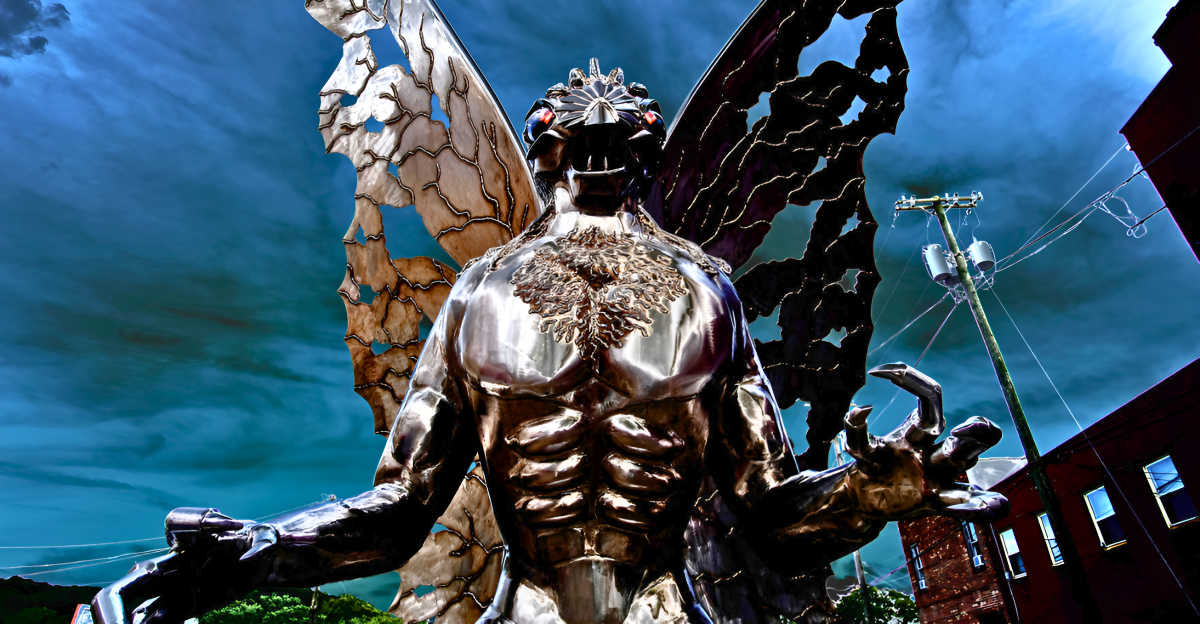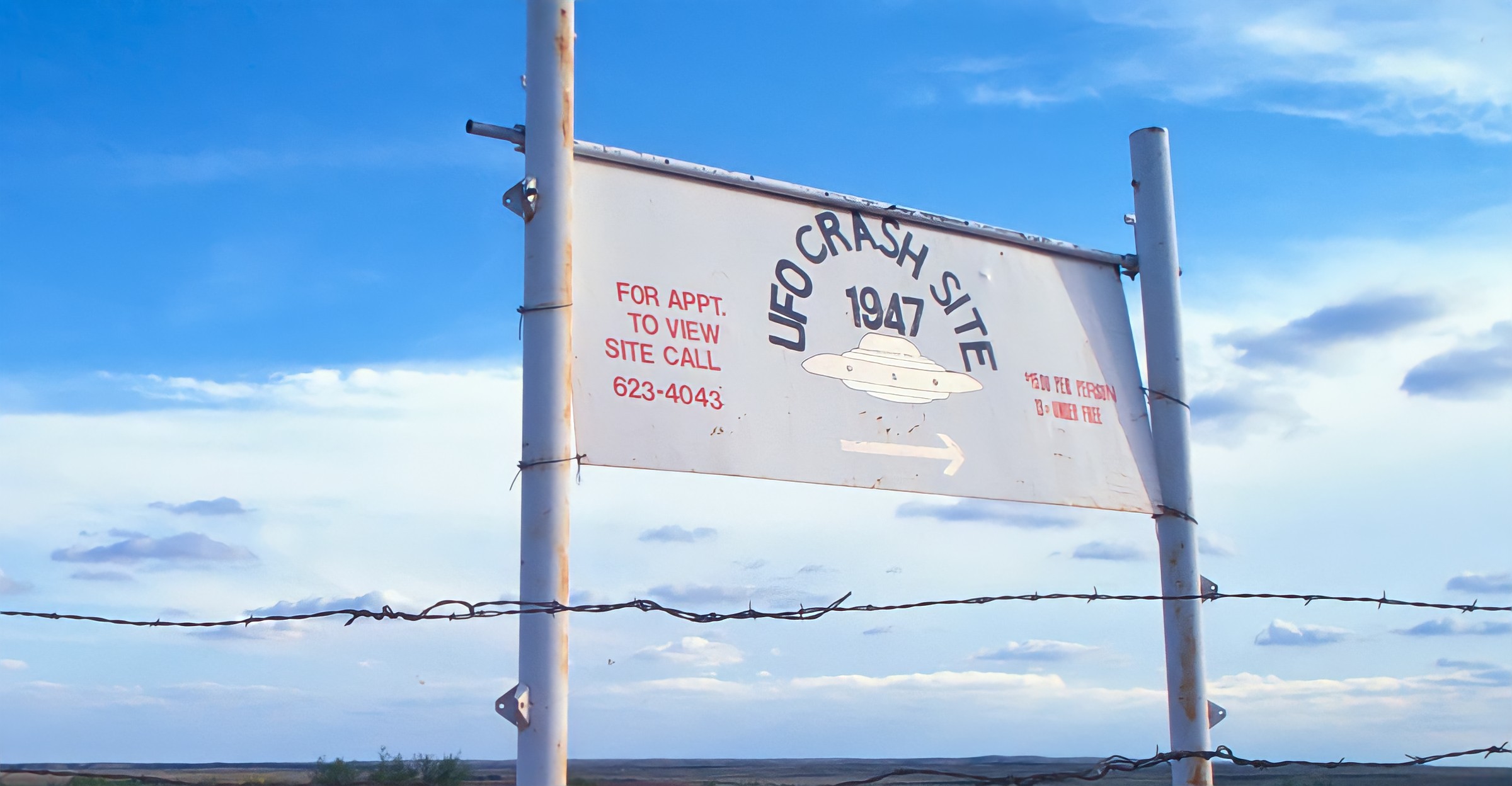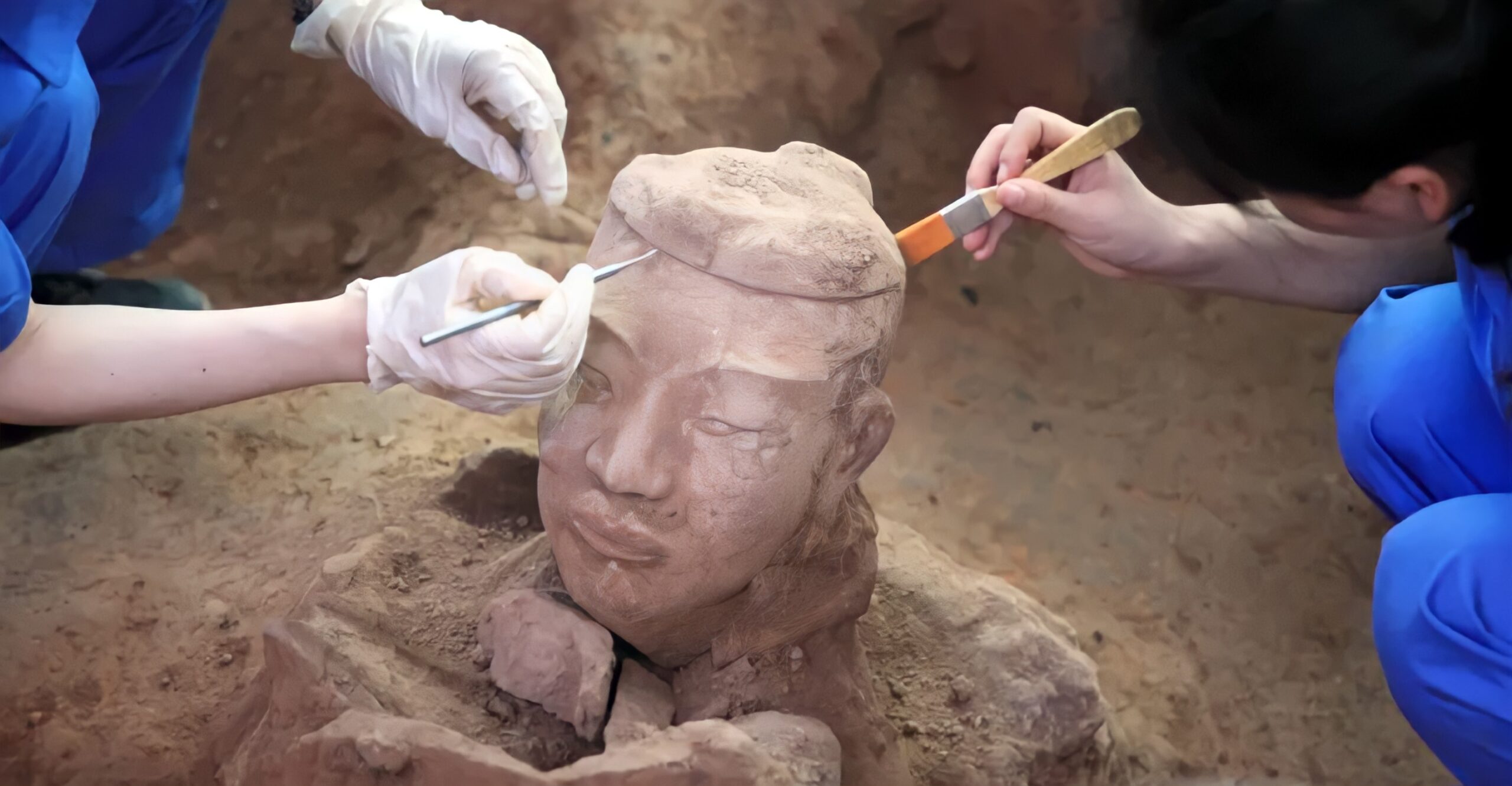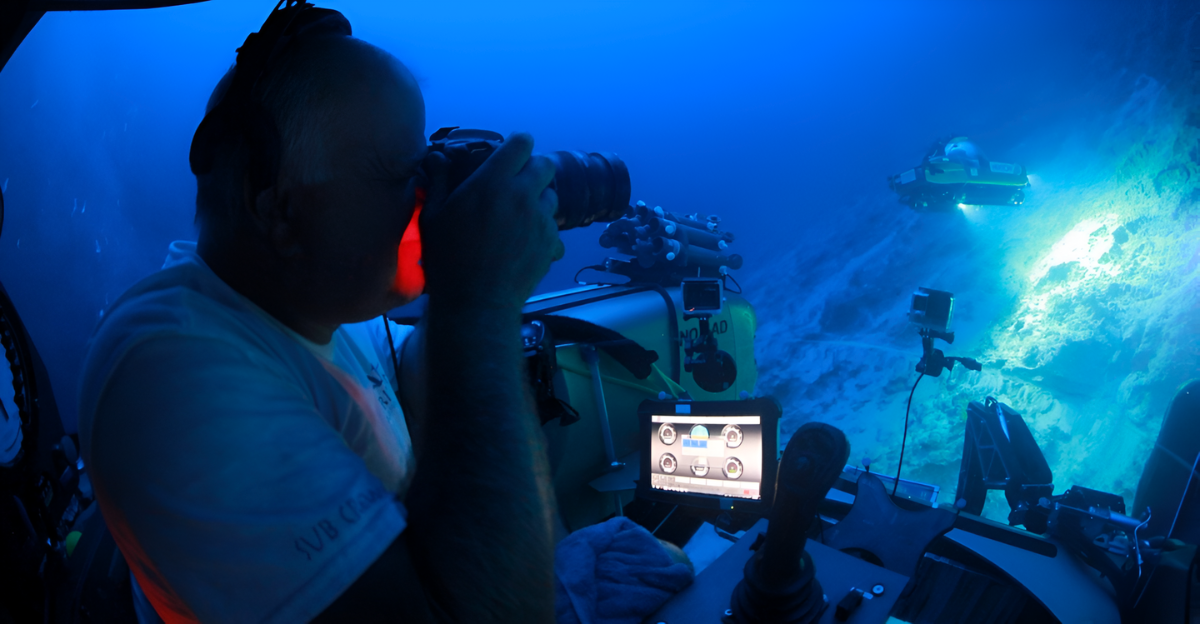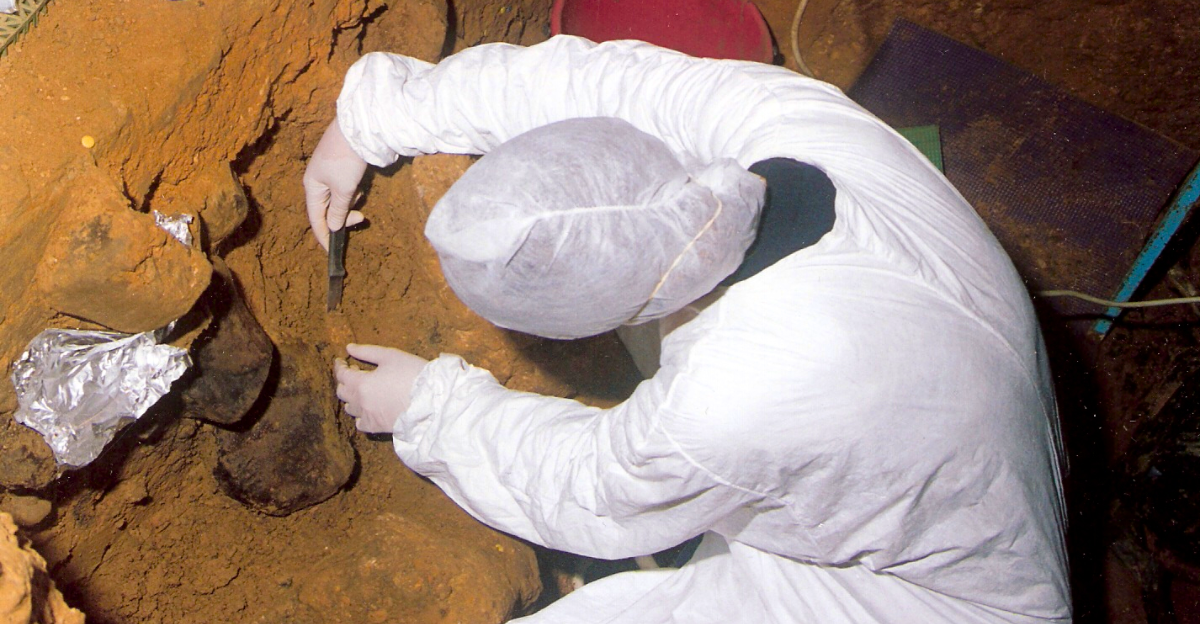
Scientists have uncovered human remains dating back 6,000 years in Colombia, and what they have discovered are DNA records that are unlike any species or population in South America.
This discovery challenges existing knowledge of the continent’s ancient inhabitants, as the genetic material does not directly connect to any modern or ancient groups previously identified in the region.
The discovery offers a glimpse into an mysterious population that once occupied the Bogotá Altiplano and then disappeared from the genetic record entirely.
The Enigmatic People of the Bogotá Altiplano

Around 6.000 years ago, hunter-gatherers settled in the Bogotá Altiplano, transitioning over millennia in agricultural societies. But despite their presence and cultural evolution, these people vanished without leaving clear genetic descendents.
Researchers have found no direct links between these ancient individuals and present-day Indigenous Colombian populations, suggesting a unique lineage that has since been lost or diluted beyond recognition in the genetic record.
A Curious Connection to Chibchan Language Speakers
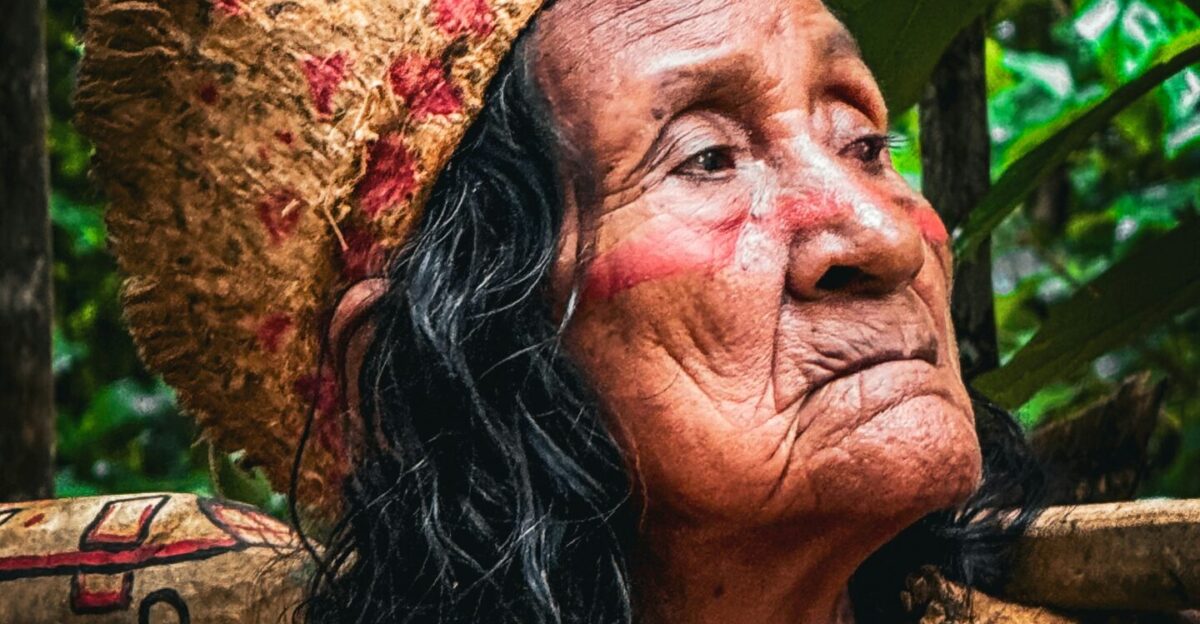
Intriguingly, the DNA of these ancient Colombians is more closely related to people who live on the Isthmus of Panama today and speak Chibchan languages.
This linguistic and genetic connection suggests a broader regional population that may have once spread across parts of Central and northern South America.
However, the specifics of this relationship are still too obscure to say for certain, as these ancient people are not direct ancestors of modern Chibchan speakers.
The Significance of the Isthmo-Colombian Region
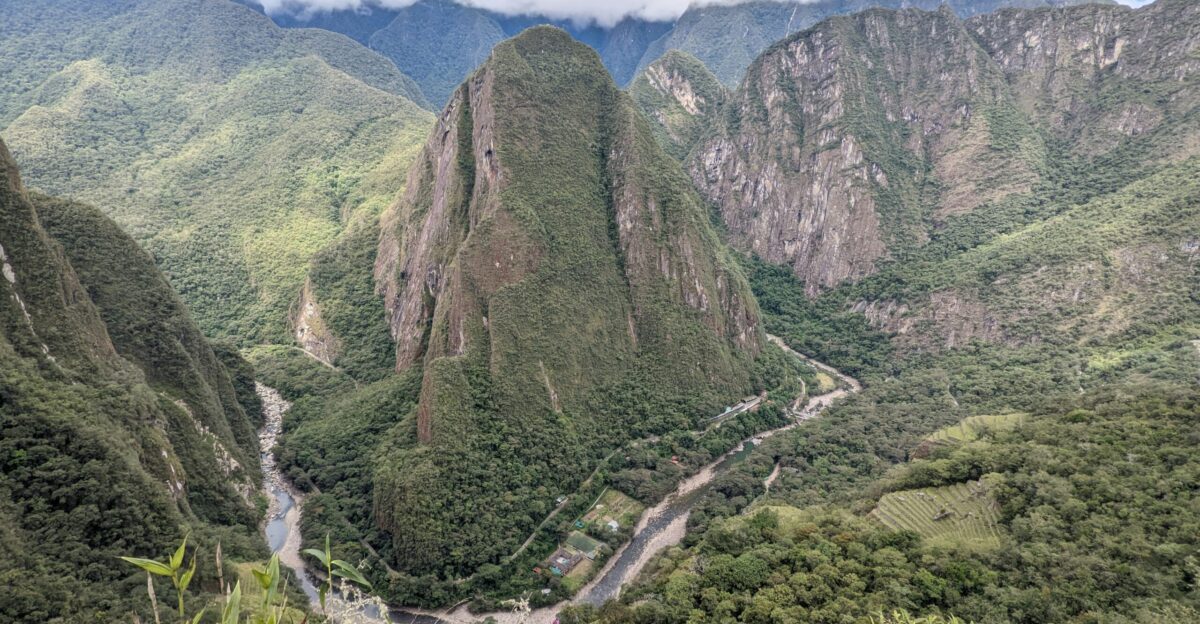
The Isthmo-Colombian region, which extends from Honduras to northern Colombia, has been identified as a key region for understanding human migration into the Americas.
It is the crossing point between North and South America and is central to three major cultural areas: Amazonia, Mesoamerica and the Andes.
The discovery of this unique DNA lineage in Colombia highlights the importance of the region in tracing the peopling of the Americas and the complex interactions among ancient populations.
Tracing the Ancestry of Southern Native Americans

Genomic studies indicate that the ancestors of modern Indigenous peoples in the Americas originated from Siberian and East Asian groups who migrated across a land bridge into North America some 16,000 years ago.
From there, their descendants diverged into northern and southern Native Americans lineages. The recently discovered ancient Colombian DNA represents a lineage distinct from these known branches, adding complexity to the story of how southern Native American populations formed.
The Puzzle of Proto-Chibchan Origins
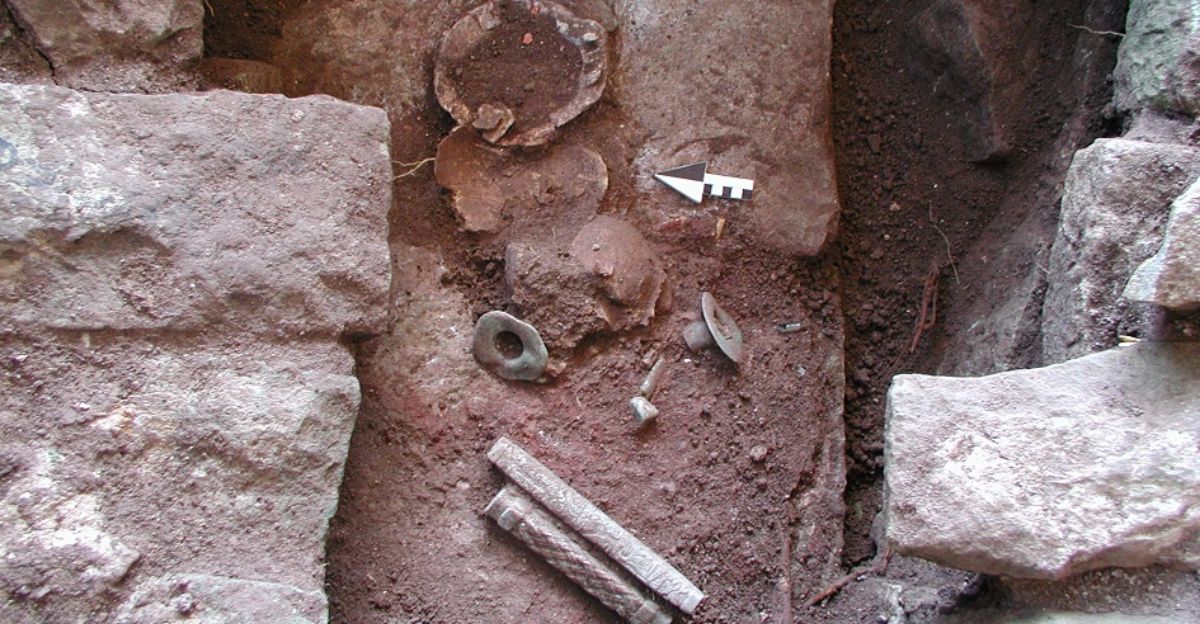
The origins of the Proto-Chibchan language, from which modern Chibchan languages evolved, remain uncertain but likely began several thousand years ago in southern Central America.
This linguistic evolution seems to go hand-in-hand with the genetic findings, an ancient DNA from Colombia show some affinity to Chibchan speakers today.
Nevertheless, the ancient Colombians are not direct ancestors, therefore the linguistic and genetic history appear to have intertwined in complex way due to migration and cultural exchange.
Insights from Mitochondrial and Genome-Wide DNA
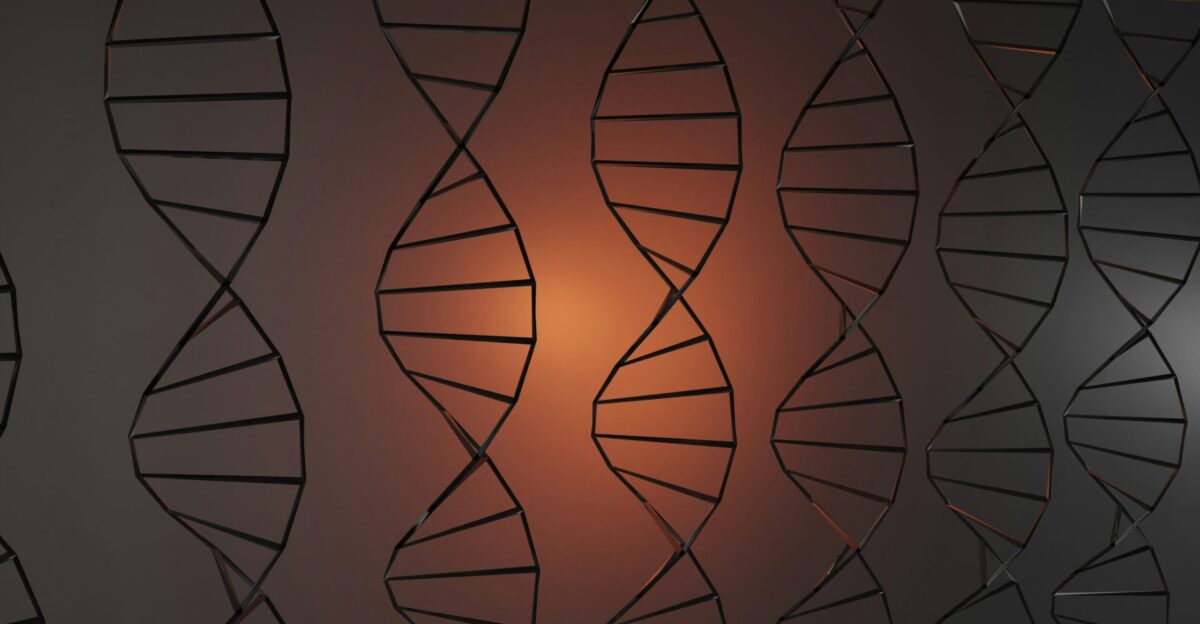
By analyzing mitochondrial DNA genome-wide data from 21 ancient individuals spanning 6,000 to 500 years ago, researchers gained partial insight into these populations.
The data revealed that the ancient Panamanians were genetically closer to present-day speakers of Chibchan languages than the ancient Colombians were.
However, the Indigenous Chibchan speakers from Central America are the closest modern relatives to Colombians living after 2,000 years ago, suggesting shifts in population dynamics over time.
The Vanishing Act of Ancient Populations
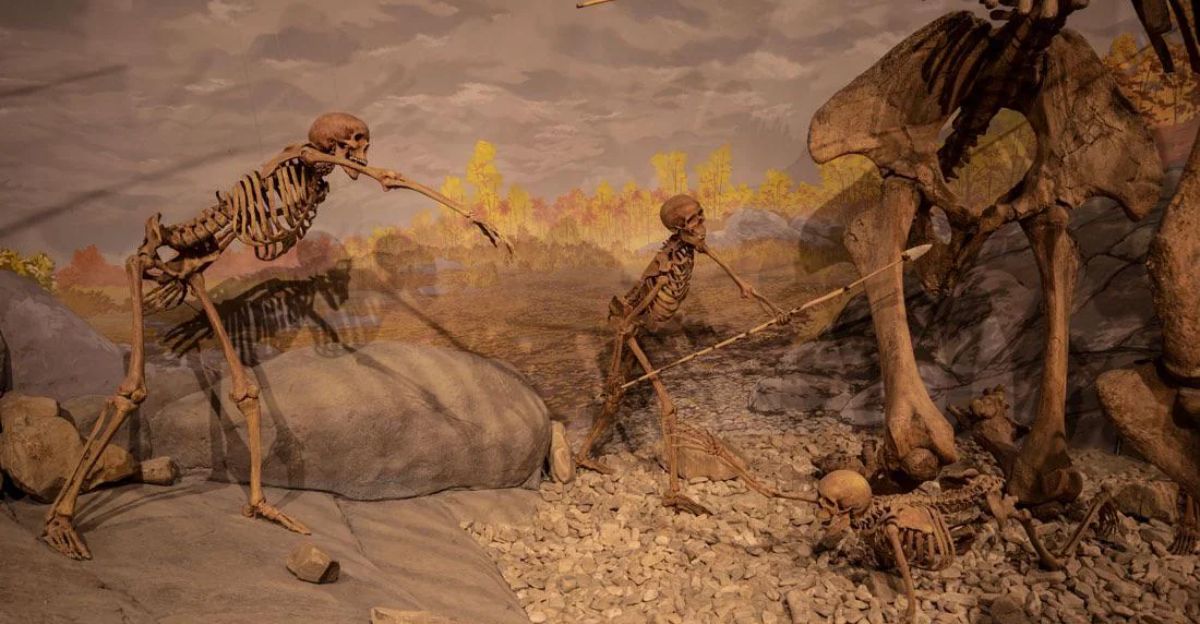
As the genetic mysteries of these ancient Colombians deepen, so does the mystery of what happened to them. One explanation is that they mixed extensively with local populations to such an extent that it caused their distinct genetic signature to dilute over time.
Another possibility is that they were replaced or absorbed by other migrating groups. The absence of direct descendants points to gaps in what we currently understand about ancient human migrations and population changes in South America.
The Need for Broader Geonomic Research
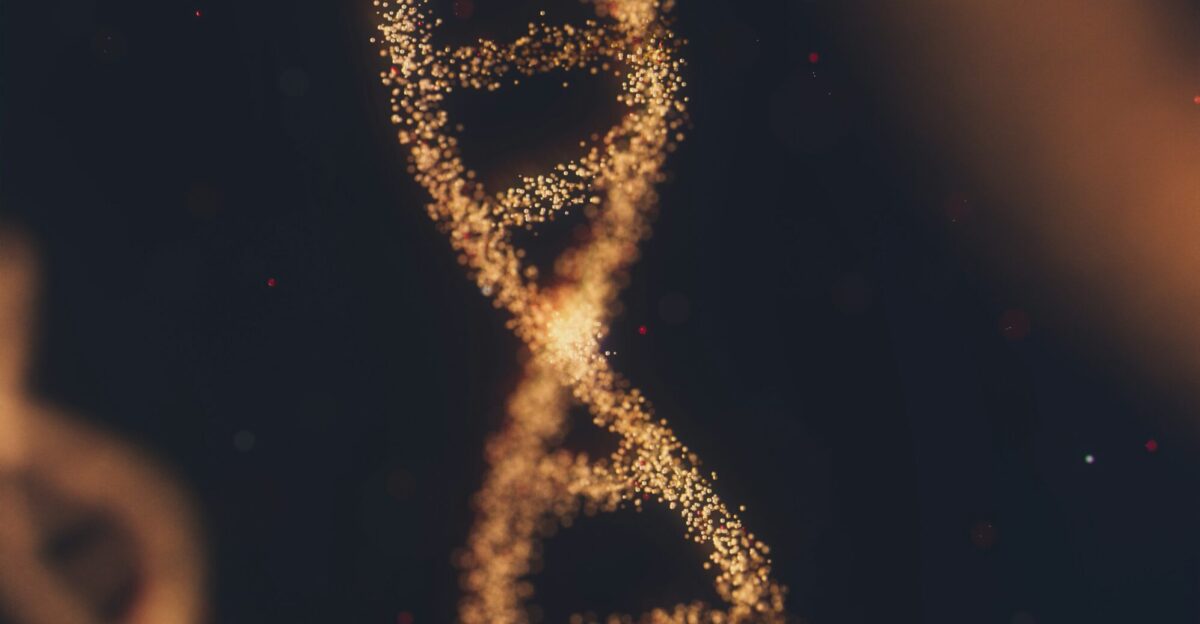
To fully unravel the mystery of these ancient people, further genomic studies are essential. Areas such as western Colombia, western Venezuela and Ecuador remain underexplored in terms of ancinet DNA analysis.
Exploring these neighboring regions could shed light on the timing and sources of human migrations into South America, and help reveal links between these mysterious populations and other groups across the continent.
Redefining the Peopling of the Americas
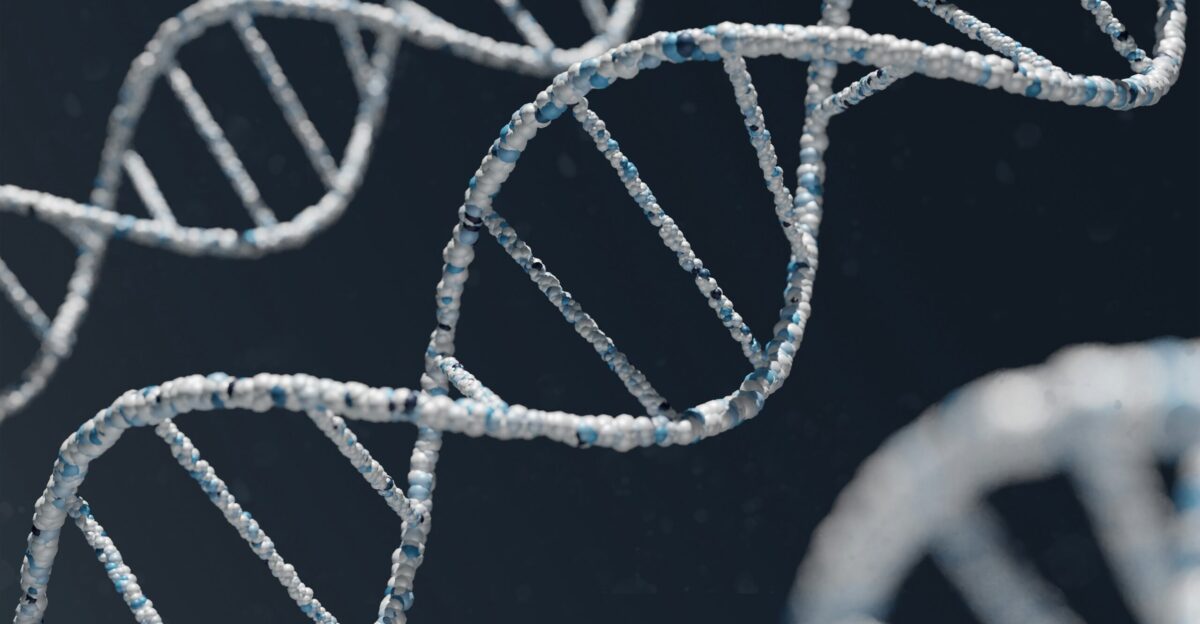
The discovery challenges simplified models of how the Americas were first populated and paints a more complicated picture of human migration and interaction.
The unique DNA found in ancient Colombian remains indicates that several previously unknown lineages contributed to the genetic landscape of the continent.
As research progresses, these discoveries will undoubtedly change the way we see the ancestry of the Indigenous populations and also the diverse peoples who shaped the history of the Americas.


